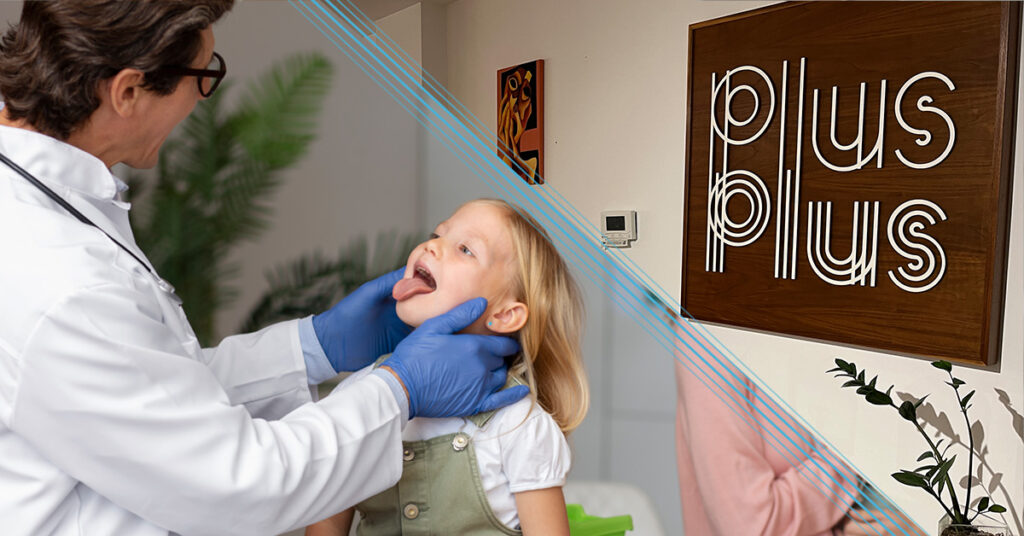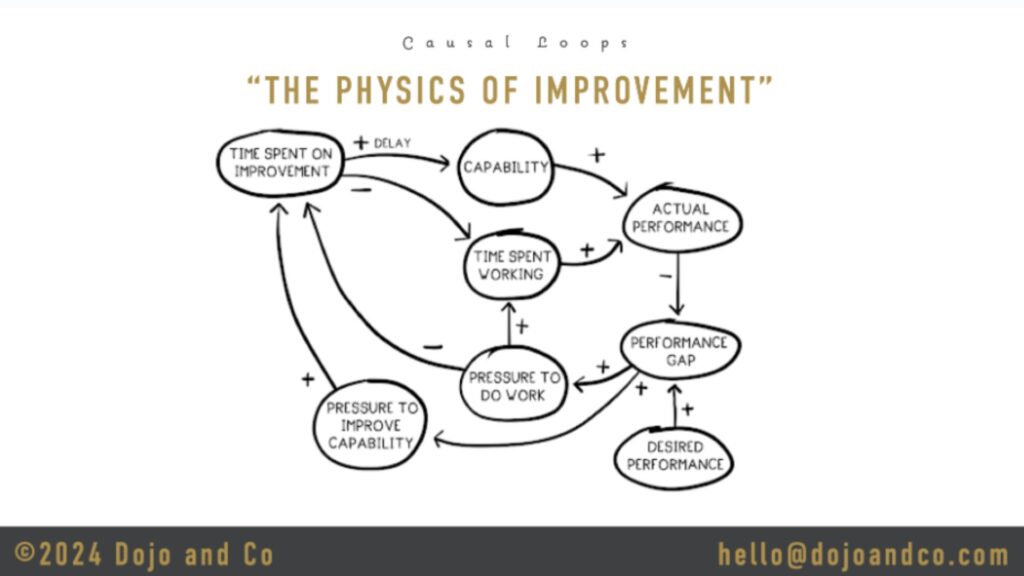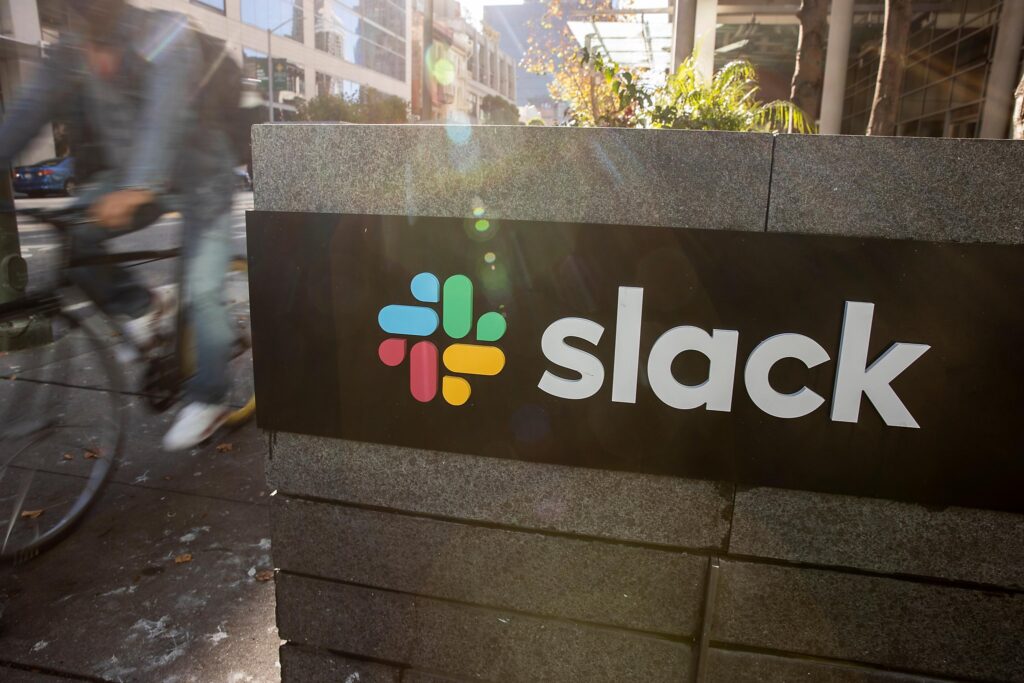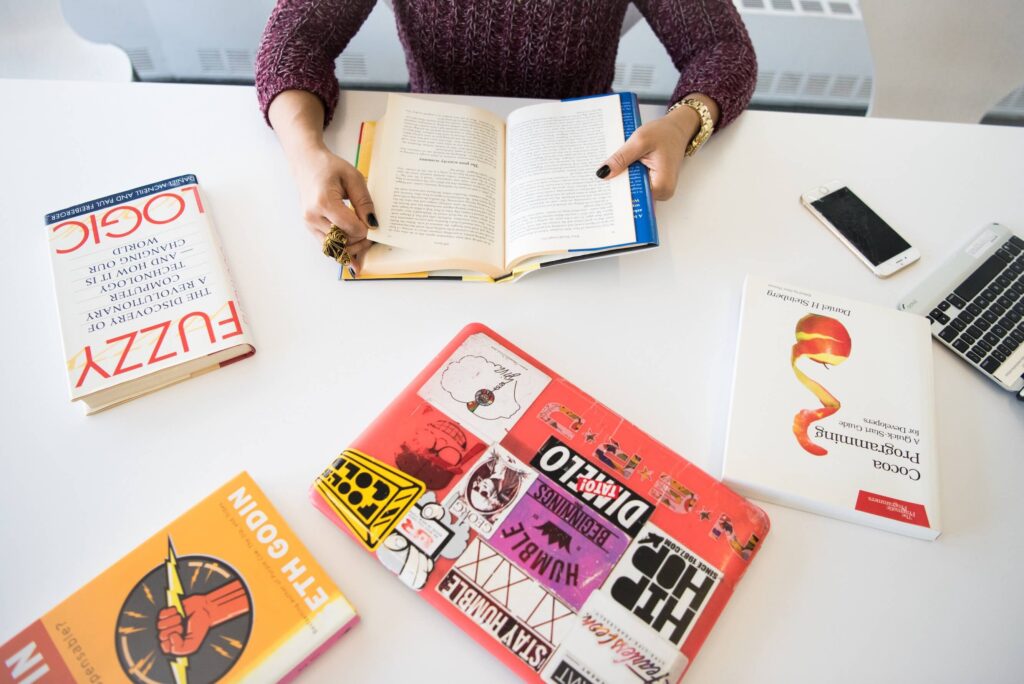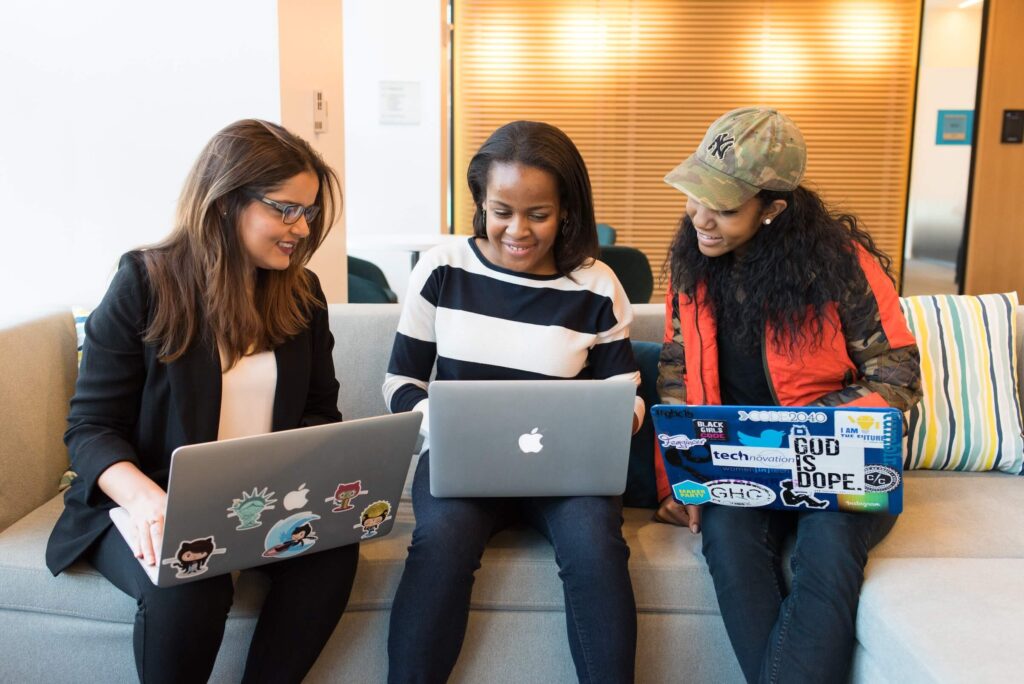Overview
Sandi Friend (Sr. Instructional Engineer) is in charge of making sure LinkedIn engineers have access to the learning they need to stay relevant and grow. In her 9 years at LinkedIn, she has created and managed training programs for over 6,000+ engineers, including the company’s award-winning New Engineer Boot Camp.
The one big idea
LinkedIn has a strong culture of sharing, aimed at transforming its people into high performers. To support this corporate mandate, Sandi and her team began over a decade ago with the goal of “getting knowledge out of people’s heads,” so that everyone could learn from everyone.
They started in a good spot: a LinkedIn engineer had developed a program modeled on ‘TED talks‘ 10 years ago which had some traction and delivered knowledge people needed to do their jobs better. Overtime, however, the engineering team grew to thousands of employees, and the program had been outgrown. The lone engineer who had been managing the program was moving on, and attendance and ratings were dropping. This program had become too inflexible and static for the size and the learning needs of the technical team.
LinkedIn needed to scale teaching and learning. Specifically, Sandi and her team needed to solve for four the key areas to make learning at scale possible:
-
- Availability
-
- Awareness
-
- Relevance
-
- Quality
-
- The Five Key Takeaways
Transforming a small program was easier than starting from scratch. Sandi told us how the concept of ‘TED Talks’ was supported by upper management, even though its impact was not substantial when the organization grew to thousands of knowledge workers. Sandi figured out that they just needed to transform it.
Solving for the little things to make a big impact. For learning to be truly scaled, it is the dozens of little things that create friction which need to be solved. For example, our TED Talks program’s fixed times for the few TED talks were not working for people’s schedules, people had to be subscribed to a newsletter to find about the next talk, we had no means of managing attendance or gathering input. In short, we needed a platform to make it frictionless for us to manage and for people to find, sign up, attend, and rate. This is what PlusPlus solved for us: the little things that make the big difference.
Before PlusPlus, we found out 73% of our engineers said (what we were offering) doesn’t fit their schedule. 68% weren’t even aware of what was available to them.
– Sandi Friend
An education program that didn’t need to be micromanaged. Sandi indicated that one of the reasons they implemented PlusPlus is because she needed a learning program that didn’t need to be micromanaged. Specifically, as her team set up to scale learning and teaching by everyone, they had realized that many of the manual tasks that worked on a small scale with the previous program – setting up learning events, sending email invitations, following up, etc. – were not scalable unless they applied technology to automate them. This eliminated her own team as the bottleneck, and freed them to do more impactful things like training the trainers, curating for quality, and creating new learning formats.
It was a one man job and it was taking about 30% of their time. How can we make a program that we don’t have to be the total managers to handle everything.
– Sandi Friend
Gamify it. Sandi shared that LinkedIn has, since the beginning, nurtured a strong culture of sharing. This proved to be a huge help as she deployed PlusPlus and engaged both management and engineers. Sharing, she added, is actually part of people’s performance reviews at LinkedIn. We are measured by what we do to help others and how we share what we know. This proved to be a huge advantage to have people use PlusPlus extensively.
People really like to present and they really do want to learn how to present better. They are open to improving their skills and moving forward and share. – Sandi Friend
Happiness, motivation, ownership. These are the three things that PlusPlus enabled Sandi to achieve which make Sandi proud of the learning program she runs at LinkedIn. She shared how attendance, for instance, is way up. Many learning events are attended by over 100 employees. Another salient result is that the platform has enabled people to become learning organizers and champions of their own learning programs, as they use the training Sandi’s team gives them to use the system to create, manage, promote and learn from, their own programs.
We are most proud of the attendance and the happiness. We were struggling to get even 20 people previously. Now, we are averaging 100 per event. Our biggest event had 645. We are very excited to see the growth of this program in just a year. – Sandi Friend

